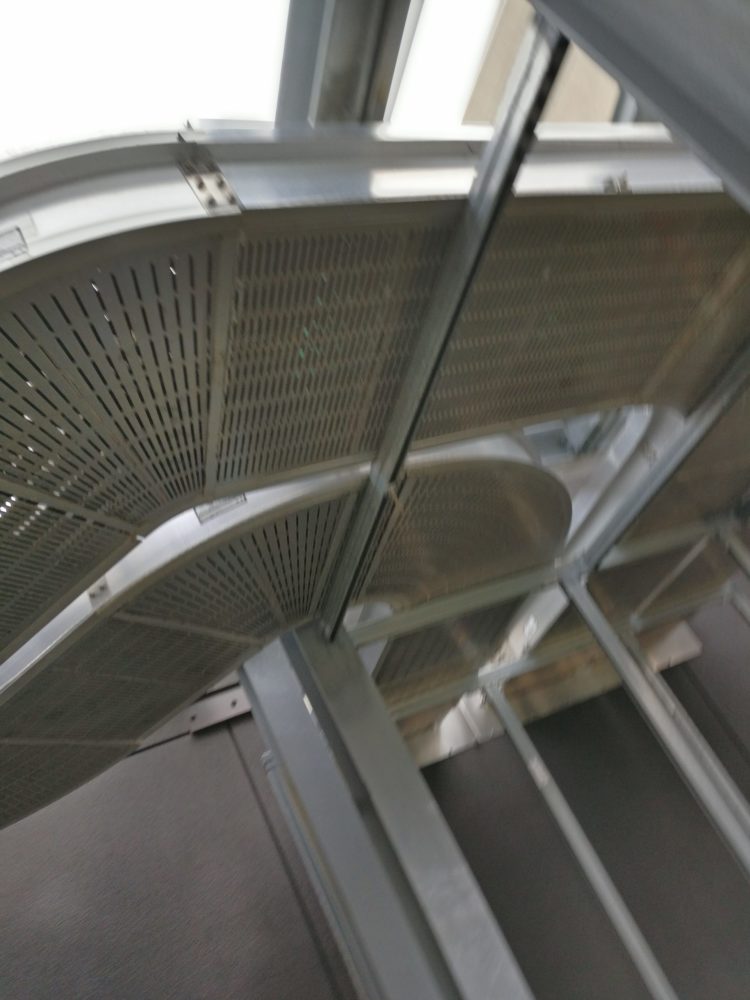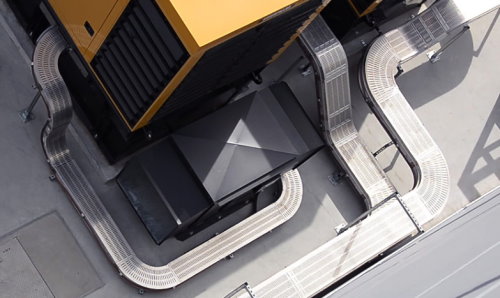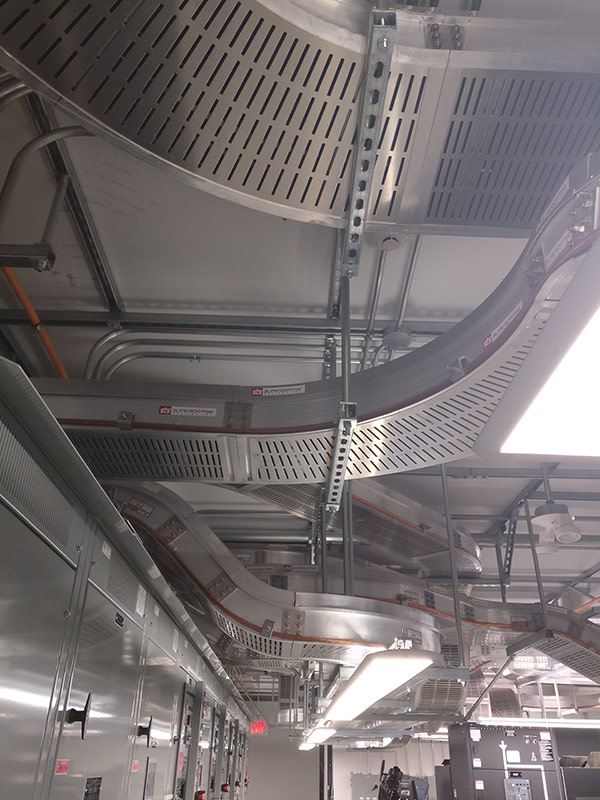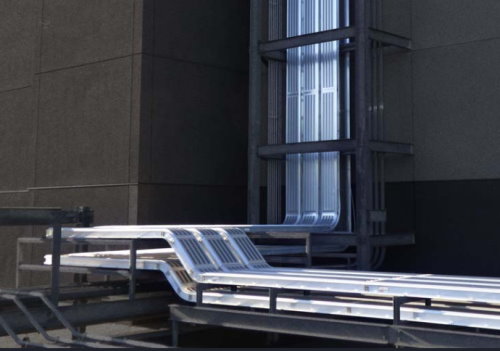Busbars allow for power distribution by implementing aluminum or copper conductors to distribute power around a building. A busbar was developed as an alternative to conventional power distribution techniques and help resolve any issues brought about by using cable for power distribution. Busbars are a tried and tested mechanism for power distribution in buildings, especially those that need medium/high levels of power. Although it is slowly becoming a method of choice for the construction industry, some individuals still rely on cabling. However, busbars are better. This article explains why this is so.
Compact Design
Due to their compact design, busbars require less space compared to cables. This is a huge benefit when dealing with high levels of power, which equals thousands of amps. On the other hand, cables require a lot of space because they need a large bend radius. Due to the compact design of a busbar, the compressed conductors inside it will be reliable and isolated. This is unlike cables, which cause a lot of tangling, which can be quite unsightly to look at. Busbars are sleek and easy on the eye, hence more efficient.
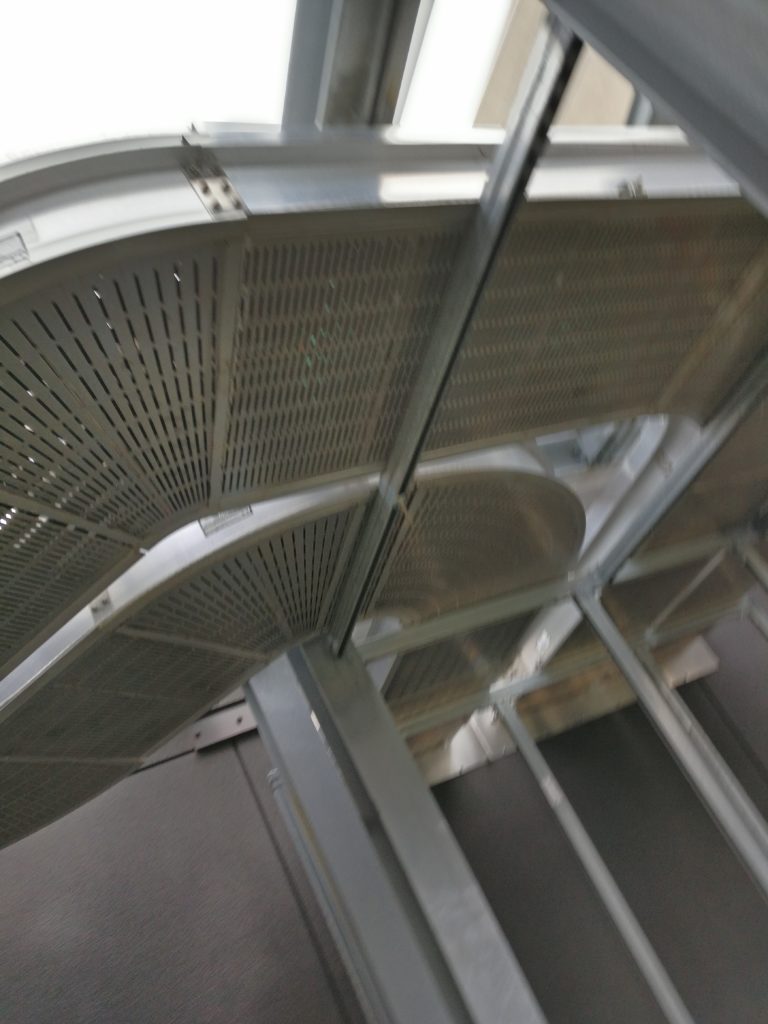
Better Resistance
Unlike a cable, a busbar offers better resistance, especially when doing short circuit testing. Within the busbar, there is a small distance between conductors, which means less resistance induction. A busbar also has lower levels of density because of the flat thin tire, which helps ensure optimal density distribution of current. This goes a long way in reducing overall resistance. Due to these reasons, the voltage level from a busbar is quite lower than that of cables.
Easy to Make Adjustments
A busbar system is flexible and can be adjusted in case of future changes that need to be made to the system. Things like tap-off boxes can be easily changed and relocated when the need arises. This enables the busbar to be easily modified to fit any needs that may arise in the future without the need to add extra cables that can take up a lot of space and end up being quite expensive. Since no one can be certain about their future power needs, a busbar assures the client that they can make adjustments without any worries.
Flexibility
Due to its compact design, a busbar has the ability to fit in any kind of structure. This means that when you need to relocate a busbar, you can easily do that without spending a lot of money. A busbar can also be modified to fit any design of your liking, meaning more flexibility when you need additional space. This is quite a different case for cables, which give a hard time in case you need to move, reconfigure, or change something. The possibility of such actions is incredibly disruptive to the power service and quite expensive. A busbar can be easily removed, replaced, or reconfigured and will only cause minimal interruption to the power service.
Reduced Overall Cost
A busbar might seem a little bit expensive than cable but installing it will definitely save you money in the long term. Installing a busbar plus the configurable system is competitive in terms of price. This is because of reduced assembly material and time, which leads to low handling costs. In addition to this, a busbar installation costs way less than cable because busbars do not need a lot of maintenance and are more efficient. Busbars help distribute power economically into a building. With a busbar, the power distribution process can be planned out from the load rating all the way to the type and load numbers. Therefore, costs are provided at an early stage before the project starts.
Easy to Install
Installing a busbar system is quite easy. In fact, you can have a busbar specifically designed to fit your unique space. Busbars can be installed quite fast, with a lot of ease, and efficiently. This is quite different from using cables, which are complex and hard to install. Cables need a lot of labor, hence increased labor costs. Busbars are easy to install and installers can even install over 10 meters of busbar at one single time. In addition, the installation process for busbars does not require special tools.
As you have seen in this article, a busbar has many advantages and benefits over cable. Busbars are easy to work with and will save you a lot of money in the future. If you are looking for good tools for your power system, busbars will do a better job.
Additional Resources
- What is Cable Bus? Superior Cable Bus Explained
- What are Relay and Busbar?
- Electrical Grids: What are Bus and Busbar?
- How Much Voltage Drop Can a Busbar Withstand?

